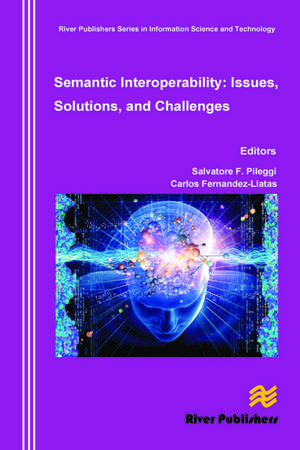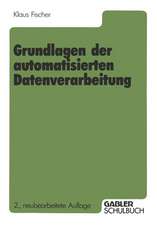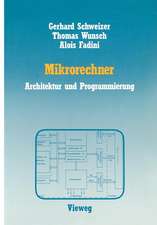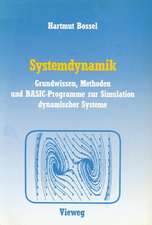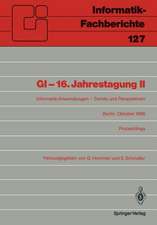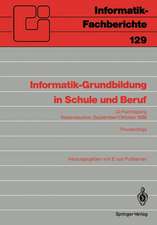Semantic Interoperability Issues, Solutions, Challenges
Editat de Salvatore F. Pileggi, Carlos Fernandez-Llatasen Limba Engleză Hardback – 4 apr 2012
| Toate formatele și edițiile | Preț | Express |
|---|---|---|
| Paperback (1) | 218.76 lei 6-8 săpt. | |
| River Publishers – 21 oct 2024 | 218.76 lei 6-8 săpt. | |
| Hardback (1) | 730.57 lei 6-8 săpt. | |
| River Publishers – 4 apr 2012 | 730.57 lei 6-8 săpt. |
Preț: 730.57 lei
Preț vechi: 913.22 lei
-20% Nou
Puncte Express: 1096
Preț estimativ în valută:
139.84€ • 151.95$ • 117.54£
139.84€ • 151.95$ • 117.54£
Carte tipărită la comandă
Livrare economică 22 aprilie-06 mai
Preluare comenzi: 021 569.72.76
Specificații
ISBN-13: 9788792329790
ISBN-10: 8792329799
Pagini: 162
Dimensiuni: 156 x 234 x 11 mm
Greutate: 0.41 kg
Ediția:1
Editura: River Publishers
Colecția River Publishers
ISBN-10: 8792329799
Pagini: 162
Dimensiuni: 156 x 234 x 11 mm
Greutate: 0.41 kg
Ediția:1
Editura: River Publishers
Colecția River Publishers
Cuprins
Semantic Interoperability Issues, Solutions, Challenges
Notă biografică
Salvatore F. Pileggi, Carlos Fernandez-Llatas
Descriere
The Semantic Interoperability model would improve common interoperability models introducing the interpretation of means of data. In practice, semantic technologies are partially inverting the common view at actor intelligence: intelligence is not implemented (only) by actors.
